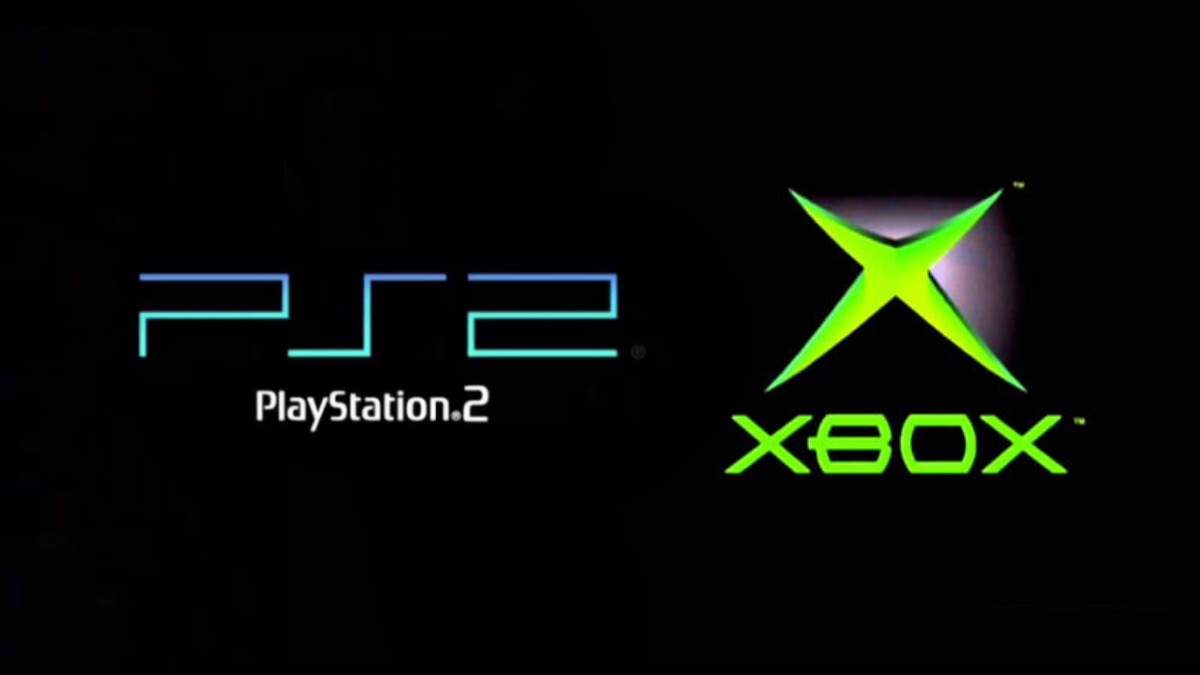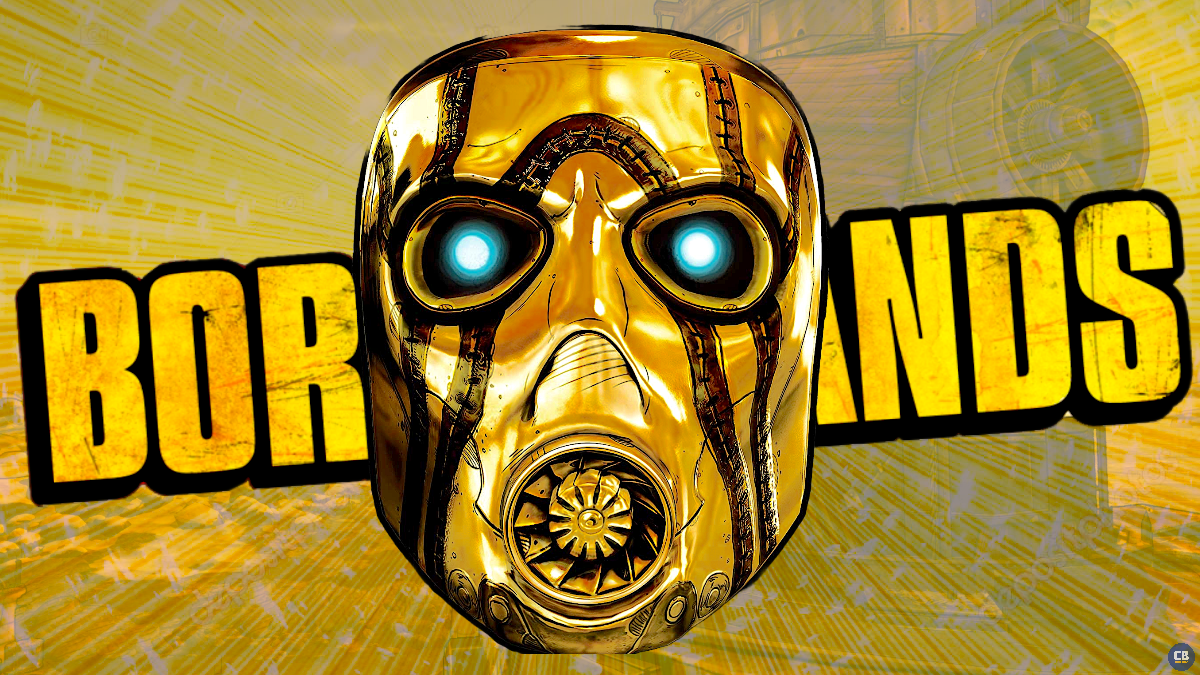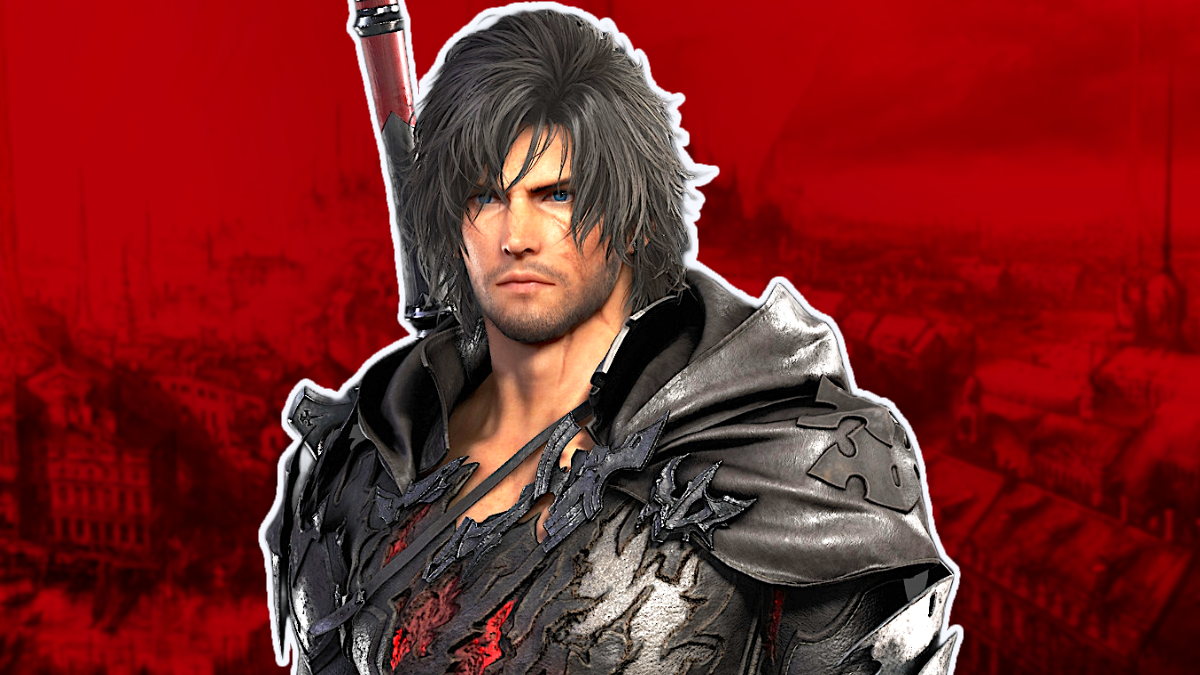Ghostbusters: Afterlife Review: Further Proof the 1984 Film was an Anomaly
When the original Ghostbusters turned into a blockbuster hit, the film that was developed as a broad '80s comedy became a franchise. Cartoons, toys, and demand for a sequel (from Columbia Pictures as well as fans) were paramount to its existence, but the reluctance of stars like Bill Murray to return held it up and eventually turned this licensing pipe-dream into a two-movie series that would spawn rumors of a revival for years. Even though 1989's Ghostbusters II would still gross over $200 million, it's often completely forgotten, in large part due to the fact that precious little about it is as memorable as its predecessor but also because it's doing nothing new; it just took the framework and structure of the previous movie and did it again. This brings us to Ghostbusters: Afterlife.
30 years after Ghostbusters II, and five years after the 2016 reboot of the series, Ghostbusters: Afterlife is making the same mistakes as the last sequel attempt while also creating all-new ones. Filmmaker Jason Reitman, son of the original Ghostbusters producer/director Ivan Reitman, inherits his father's franchise and mythologizes a movie where Dan Aykroyd gets oral sex from a specter into being a foundational text. The inherent legacy at play behind the camera of a son taking his father's movie and making the next chapter ends up bleeding into the larger context of the story to its own detriment, especially as the clear affection and idolatry for the franchise at large become its focal point.
In Afterlife, the estranged family of the late Harold Ramis' Egon Spengler move into his ramshackle home in Summerville, Oklahoma, a change of pace from the New York setting that allows for some new opportunities in the storytelling. Carrie Coon as Callie, the bitter daughter to Egon who is largely wasted in a thankless role, brings her children with her to the "dirt farm" with Stranger Things' Finn Wolfhard playing essentially the same character from the Netflix series (called Trevor here) and Mckenna Grace as science-minded daughter Phoebe. Grace is the driving force of the narrative and far and away the best thing about the film. By channeling Ramis' character, already the strong point of the original two movies, in both form and function she's our gateway back into this world and catching us up to speed on where things have gone since Ghostbusters II. It also helps that she's charming and funny throughout.
As the film builds through its first act, working to inhabit its own identity, it's pretty good. Grace and Paul Rudd as her teacher Mr. Grooberson have a fun dynamic, while sequences of Wolfhard pining for teen love drag things down and feel like they're cut from a too-long streaming series. At a certain point, however, once the ideas and technology from the Ghostbusters franchise are re-introduced, the troubles of Ghostbusters II are repeated as a nearly beat-for-beat remake of the 1984 original film begins to take place, albeit with modern visual effects and a younger cast. Rudd's role as a mentor even transforms into him being a Ghostbusters fanboy on the screen. In addition, abysmally forced references and Easter eggs become prominent. You can practically feel the meme of Leonardo DiCaprio pointing at the screen right next to you. It's not poorly made on the whole, it's just exhausting.
Beyond simply being a carbon copy of the two pillars of the franchise in terms of structure, Ghostbusters: Afterlife makes the shocking decision to largely strip humor out of the series entirely. There are certainly some gags and jokes, but it's not a laugh a minute. It's not an inherently comedic tone throughout, and the one thing it doesn't borrow from the original is not taking its premise to task for being complicated and silly. Grace's character is defined as being so smart that it's difficult for her to connect with new friends, so she has jokes at the ready to disarm them. These become one of the only recurring moments of levity throughout the entire movie. Again, it helps that Grace is charming, but she's tasked with carrying the plot machinations along with its comedic relief. She's a star in the making (though already with plenty of blockbuster credits to her name), and outshines the A-list talent around her.
Ghostbusters: Afterlife continues the legacy-sequel trend that has permeated throughout Hollywood the past few years. The film embodies the biggest criticisms of Star Wars: The Force Awakens and Halloween (2018) and also replicates them, even just re-doing a plot point from the latter in large part. It exhibits the larger issues with franchises in the modern era as well as the worst tendencies of Sony Pictures' output as a studio. It's easy to believe that a rural Oklahoma town would have a Wal-Mart prominently featured somewhere, but an entire chase sequence within one that seems to be filmed exclusively to remind you that you can buy Ghostbusters: Afterlife toys at Wal-Mart makes it tiresome.
After 30 years of fans demanding a Ghostbusters III, and even though Afterlife isn't really being billed as that, it's a form that the new movie will likely take on with many. What we've learned is that the original Ghostbusters was an anomaly, one so good that the only idea that can be attempted further in this "franchise" is repetition. For the sake of ghosts, I hope no one attempts to bust them on the big screen again.
Rating: 2 out of 5
Ghostbusters: Afterlife hits theaters on November 19th.




